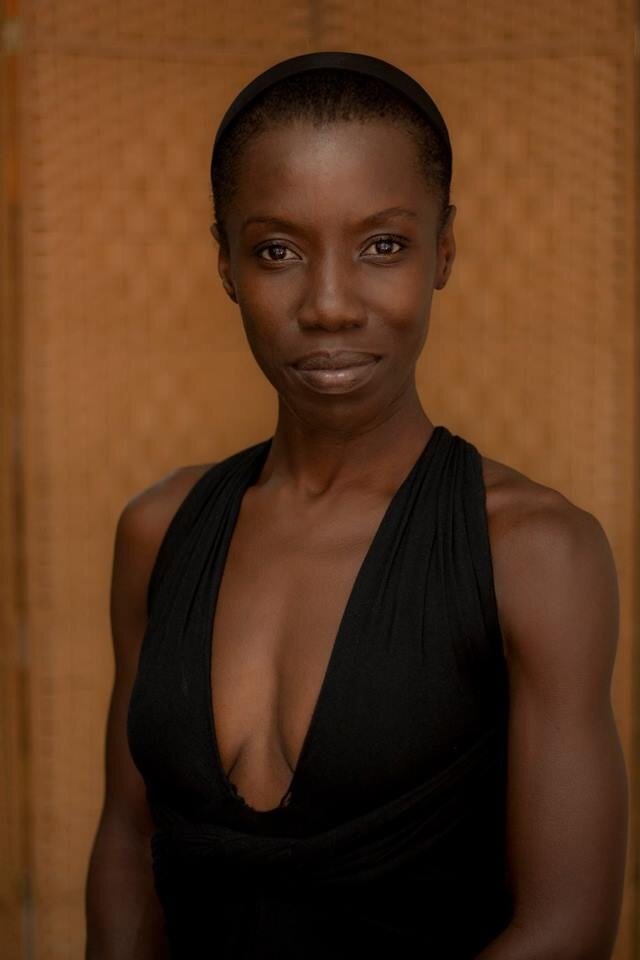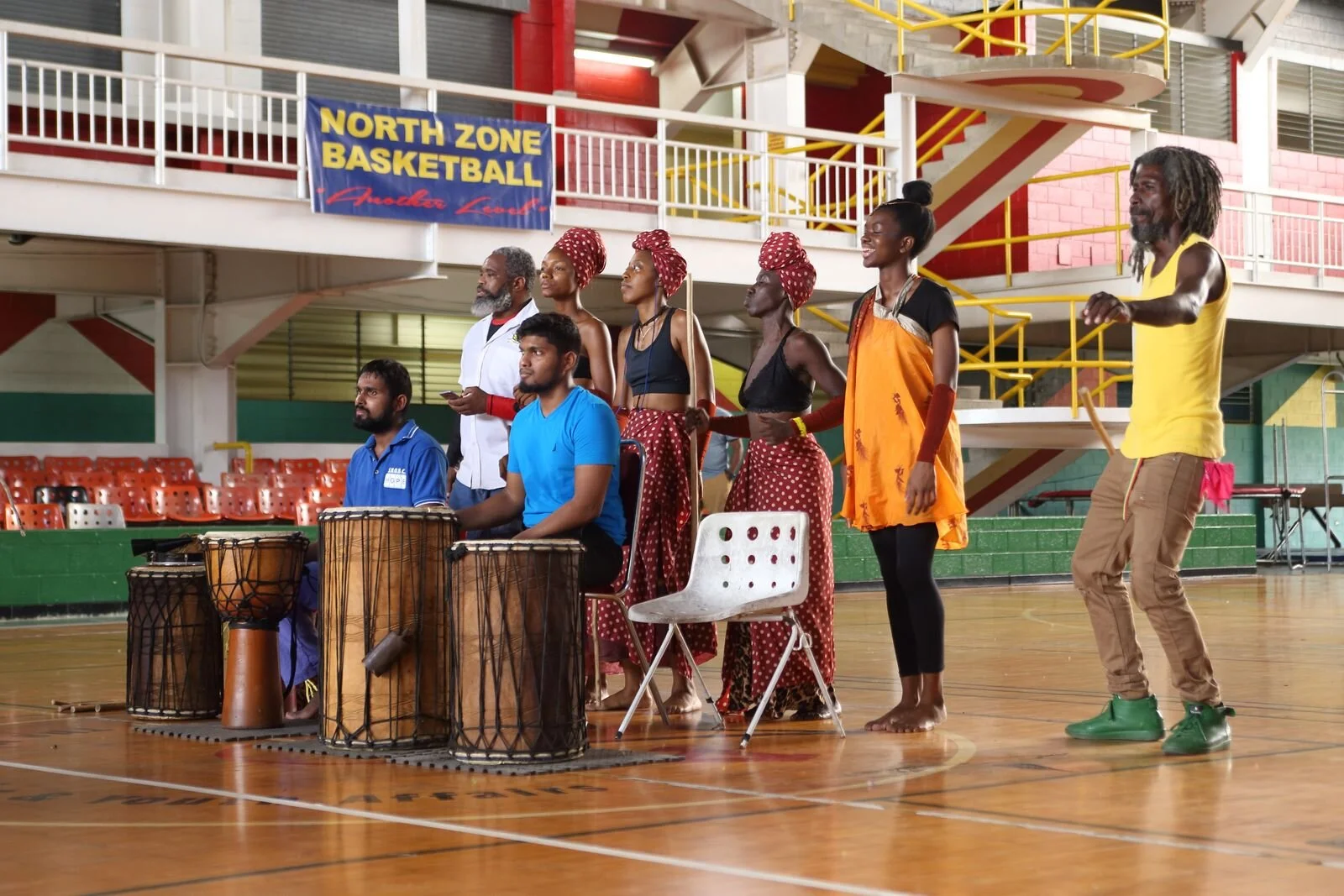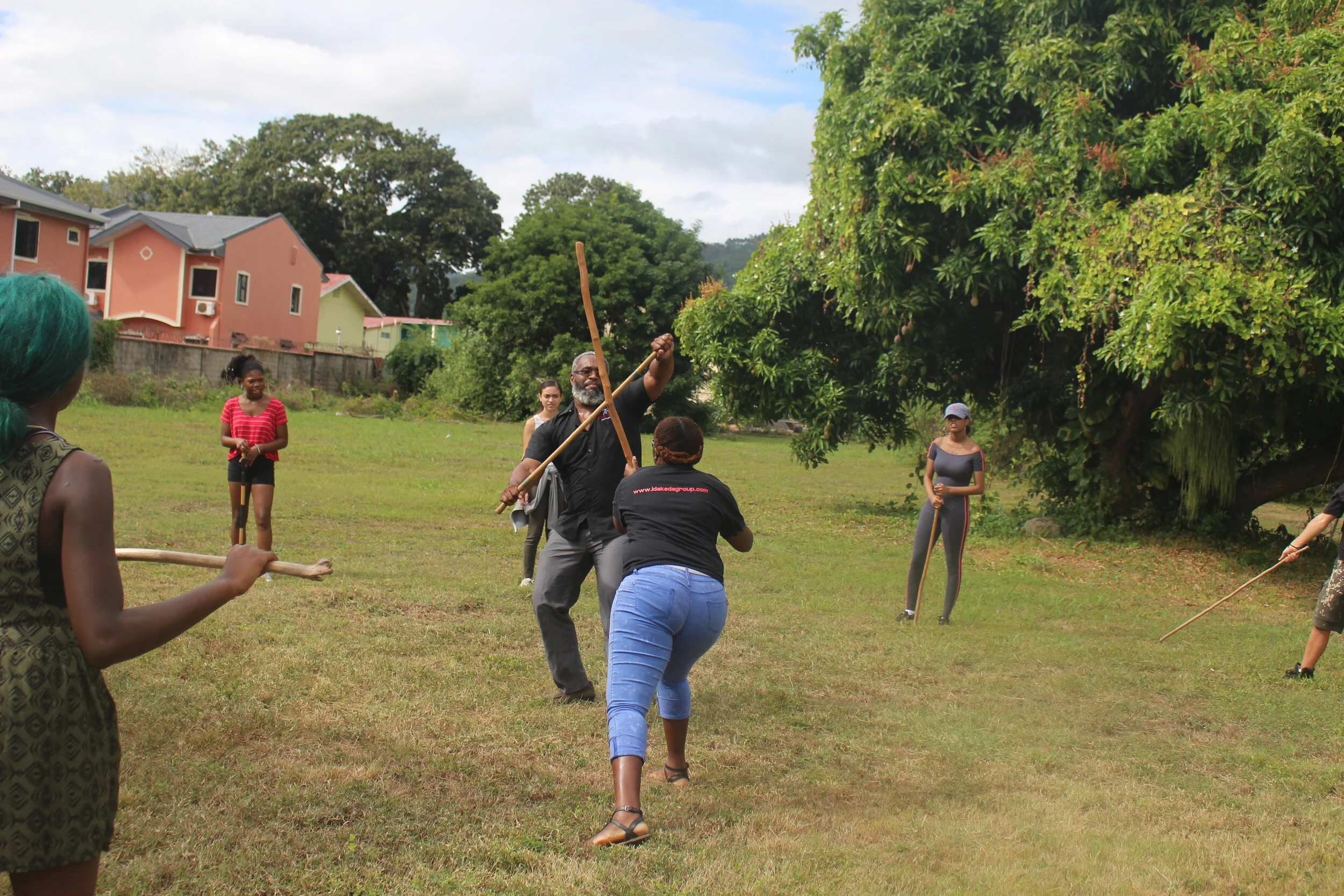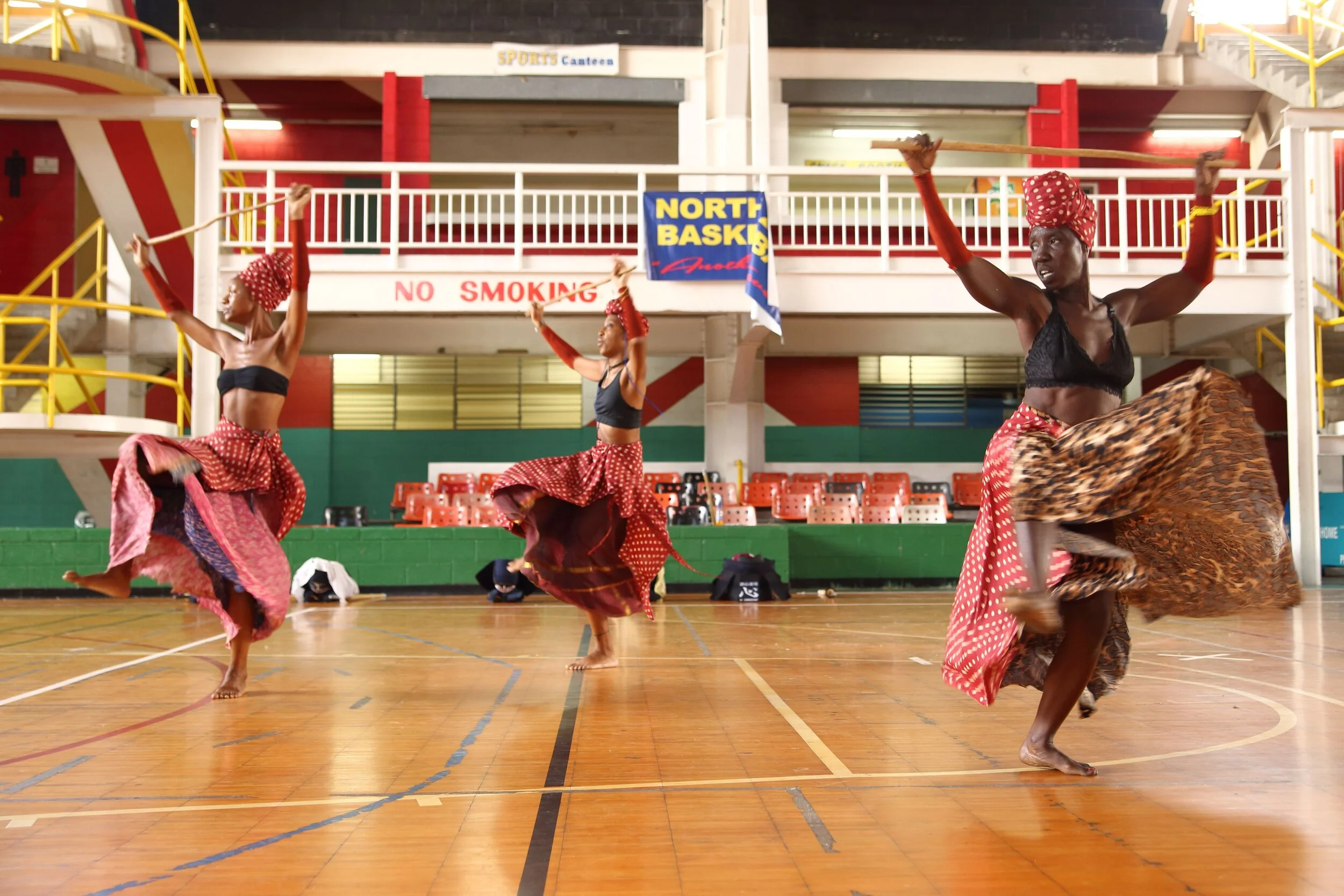PHILBERT-KALINDA TECHNIQUE (P.K.T) for Dance and Performance:
https://www.jamiephilbert.com/scholarship
CONFLICT AS ARCHITECTURE AND ARCHIVE
Architecture, archive, and conflict are all storytellers. When we speak of conflict, architecture and archive we are summoning stories, narratives, spaces, memory, matter and matters, identity, construction, deconstruction, destruction, creation, performance, performation (Yeow A., Faraj S., 18) permanence and non-permanence (temporality), plurality into singularity, singularity into plurality, existence and non existence, collaboration, competence, procession, migration, inhabitation, literacy or the ability to read language in its various modes. Architecture and archive communicates that conflict is both master builder and librarian. Conflict as master builder and librarian provides information, keeps record and regenerates new ideas into being. So how do we enable the skill of over-standing conflict in favour of our purpose and even simpler in our everyday lives?
Conflict when viewed as a linear experience is often perceived as unpleasant or with negative connotations. It is generally hinged to the ideologies of violence and regarded as a social dis-ease. What if we viewed conflict as matter, or the matters we encounter as mother? A space that was actually meant by nature to nurture life and growth. What if we understood archive as matter, as mother? Kalinda is mother, an archival and architectural mothership in which conflict becomes a transformative space that relegates the its liminality into collaboration or cooperation (Rondel Benjamin, No Bois Man, No ‘Fraid, 2012), creativity and competence. In the embodied practice and livingness of Kalinda, we understand competition sans a Western lens yet through an ancient Afro-Caribbean futurism sensibility. Competition is the ability to make each party involved in the realm of conflict more competent than when they arrived. The appropriate accessing of ancestral technologies such as Kalinda from initiated guides that reside within its practice and livingness may give way to ancient embodied knowledge of how ritual war has worked for centuries build balanced, grounded and specialised beings. Dr. Bunseki Fu Kiau describes such a being in Kongo terms as ‘muntu’, one who also operates as “the second sun”, we must “rise as the sun in order to become, to light fire” (Fu Kiau, 26). As we begin to understand conflict as architecture and archive we see that the rising and falling action of its foundation is predicated on the ability to shift, seeing the inner/outer workings of self and the sub apparatuses that allow change to unfold. For as Octavia Butler says, “All that you touch you change. All that you change changes you. The only lasting truth is change.”
- Jamie J. Philbert. 2022. Philbert-Kalinda Technique for dance and performance: Conflict as Architecture and Archive. excerpt.
P.K.T. sessions on Conflict as Architecture and Archive have been taught by Jamie J. Philbert/Bois Academy of Trinidad and Tobago to the following accredited universities:
Norwegian Theatre Academy, MA Performance (September 26-30, 2022, Norway)
Wayne State University, Department of Theatre and Dance (July-August 2022, Tobago)
PHILBERT-KALINDA TECHNIQUE FOR DANCE AND PERFORMANCE: CONFLICT AS ARCHITECTURE AND ARCHIVE.
Guest Artist and Lecturer, Jamie Philbert introduces the Masters in Performance students at the Norwegian Theatre Academy to the history and philosophies of Kalinda through Philbert-Kalinda Technique (P.K.T.) in a week long session through the subject matter and cartographies of conflict as architecture and archive.
Philbert-Kalinda Technique is a dance and performance technique rooted in the sacred martial tradition of Kalinda and its familial forms through the Black Atlantic. The technique is founded by Jamie J. Philbert, Kalinda practitioner and Queen of the Kalinda yard, Bois Academy of Trinidad and Tobago, King Rondel Benjamin, Founder of Bois Academy of Trinidad and Tobago and the transitioned King Bois Man, King David Matthew Brown. P.K.T. pays homage to all those initiated warriors and supporters who came before us and that which allows the work of Kalinda and its technologies to prevail. This technique and practice is based in ethnographic and auto-ethnographic research and ancestral embodied knowledge.
---------------------------------------------
Music: Hoolivay (A lavway futurism courtesy of Bois Academy of Trinidad and Tobago)
ALL MUSIC RIGHTS RESERVED BY BOIS ACADEMY OF TRINIDAD AND TOBAGO/RONDEL BENJAMIN
-------------------------------------
MA in Performance Students featured:
Alejandro Chellet
Mohammed Ellyas Lehry
Muza de La Luz
Karoline Amalie Severinsen
Waldane Anthony Walker
--------------------------------------------------------------------------------
For permissions or more info about P.K.T. or Bois Academy of Trinidad and Tobago:
email: boisacademy@gmail.com
or visit www.jamiephilbert.com
Special thanks to the Norwegian Theatre Academy, staff, and students.
“Kalinda is the ability to be beautiful in the face of chaos and death-”
The development of Philbert-Kalinda Technique for Dance and Performance
Kalinda Technique for Dance and Performance currently has 30 codifications that include a range of:
fortifications
somatic movement approaches to foster resiliency
multiplicity of responses to conflict
improvisation
voice and breath work
labyrinth and maze meditations
Dada writing approaches to access verbal liminality
embodiment architectures
manifestation mechanics that induce performance
magical realism movement practices.
The technique has been taught as a part of Tony Hall’s theatre/playwriting courses at Trinity College at University of West Indies Campus and University of the West Indies DCFA in Trinidad and Tobago. It has also been workshopped in various secondary schools in Trinidad and Tobago and taught privately within the Caribbean, United States of America and Norway.
Founded by Jamie Philbert, Philbert-Kalinda Technique for Dance and Performance is a codified technique rooted in Trinidad and Tobago's martial art and cultural form, Kalinda. Kalinda is an ancient multidimensional performance complex that includes call and response songs called lavways, dance, drumming, ritual and stick fighting. It is a codified martial arts system. The technique seeks to reflect these tenets and deepen the exploration of the futurism it presents through Kalinda, the Antillean and diaspora dances that hold kinship with Kalinda's system and its cosmological roots. It further seeks to honor the cultural transporters of this form by including their names, histories and contributions within the codification and its academic studies. Philbert-Kalinda Technique for Dance and Performance is co- created by Jamie Philbert, Rondel Benjamin and King David Matthew Brown who recently transitioned in June 2020.
PHILBERT-KALINDA TECHNIQUE FOR DANCE & PERFORMANCE
IS AVAILABLE FOR:
photo: Chad Lue Choy
PERFORMANCE
PERFORMANCES MAY INCLUDE:
LIVE DRUMMING OR RECORDED ORIGINAL KALINDA MUSIC/LAVWAYS
DANCERS/STICK FIGHTERS
CHANTWELLS/GRIOTS/VOCALISTS
WORKSHOPS
PUBLIC EDUCATION
CORPORATE WORKSHOPS
UNIVERSITY PROGRAMS
EMPOWERMENT SESSIONS
CONFLICT RESPONSE TRAINING
photo: Chad Lue Choy
CHOREOGRAPHY
FILM
DANCE COMPANIES
THEATRE PRODUCTIONS
UNIVERSITY COMMISSIONS
CULTURAL FESTIVALS
PUBLIC/PRIVATE PROGRAMS




